The enemy of art is the absence of limitations
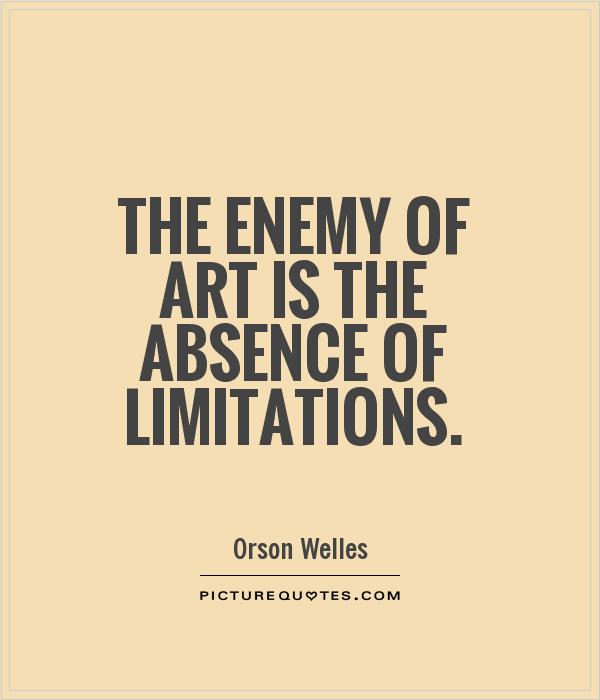
The enemy of art is the absence of limitations
Orson Welles, the legendary filmmaker and actor, once famously said, “The enemy of art is the absence of limitations.” This statement speaks to the idea that constraints and boundaries can actually fuel creativity and innovation in the artistic process. Without limitations, artists may struggle to find direction or purpose in their work, leading to a lack of focus and cohesion in their creations.In the context of filmmaking, Welles’ words ring especially true. The medium of film is inherently collaborative and requires a multitude of decisions to be made throughout the production process. Limitations such as budget constraints, time restrictions, and technical limitations can actually serve as catalysts for creativity. When faced with these challenges, filmmakers are forced to think outside the box and find innovative solutions to bring their vision to life.
One of the most famous examples of this principle in action is Welles’ own film, “Citizen Kane.” Despite facing numerous limitations during the production of the film, including a tight budget and a demanding shooting schedule, Welles was able to create a groundbreaking work of art that revolutionized the medium of cinema. By embracing these limitations and using them to his advantage, Welles was able to push the boundaries of what was possible in filmmaking and create a timeless masterpiece that continues to inspire filmmakers to this day.
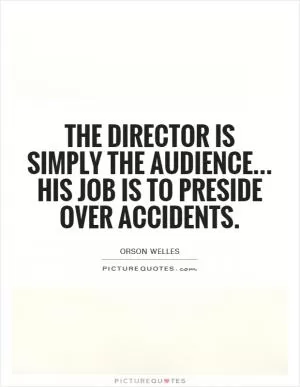


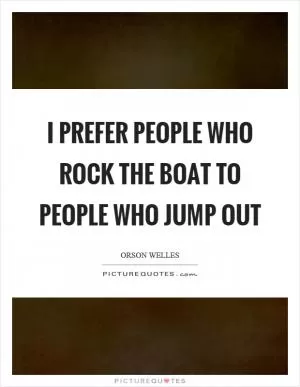
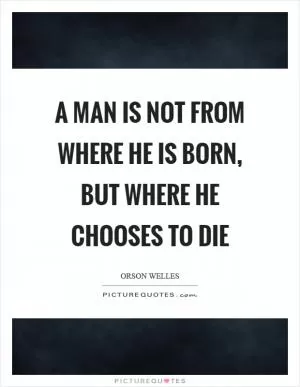
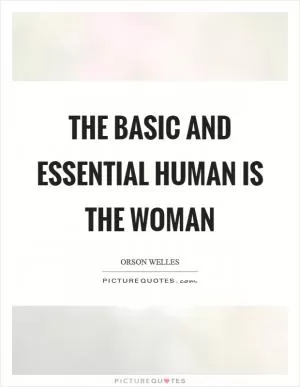
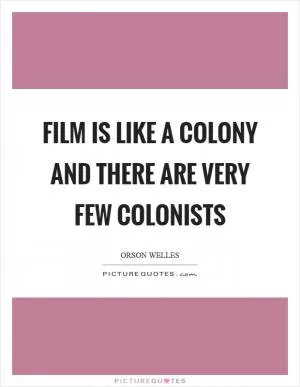
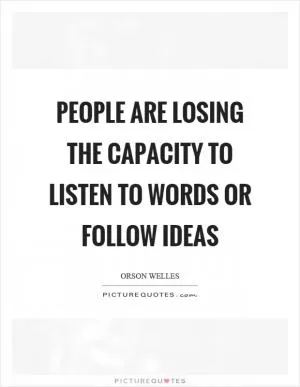
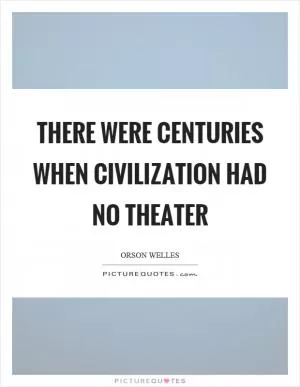


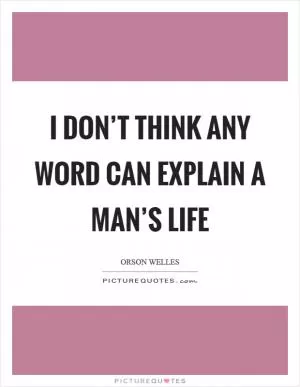
 Friendship Quotes
Friendship Quotes Love Quotes
Love Quotes Life Quotes
Life Quotes Funny Quotes
Funny Quotes Motivational Quotes
Motivational Quotes Inspirational Quotes
Inspirational Quotes